Image Gallery: The Kalahari Bushmen Tell Campfire Stories
Fire circle
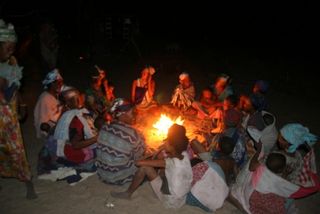
During the day, the Kalahari Bushmen of Southern Africa and often talk of economic matters, jokes and gossip. But at night, 81 percent of their conversations involve storytelling around a campfire, a pastime that transmits their culture to the younger generation and strengths bonds within their group. Here, women gather around a fire to talk.
Story time
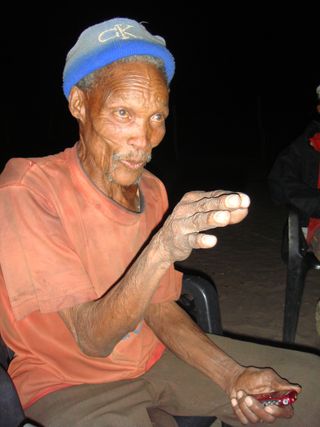
Wearing a Calvin Klein hat and holding a recorder, a !Kung Bushman tells a story around a nighttime fire. Fires like this one allowed human ancestors to stay up late and tell stories that may have helped human thought, social connections and culture evolve.
Trance healers
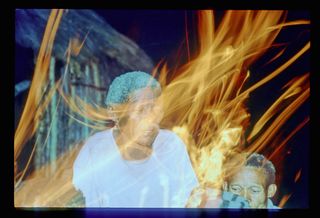
Trance healing, part of the Ju'hoan religion, involves people in bands, or coalitions of bands, working together to heal, protect and mend rifts in a community.
Daytime discussions
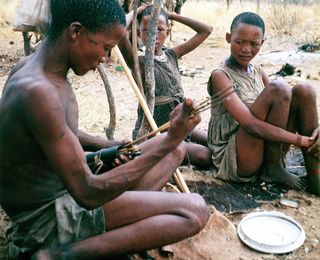
The !Kung Kalahari Bushmen sit at camp. During the day, the !Kung tend to talk about economic matters and gossip, complain and jokes with each another. However, at night their firelight stories stories help reinforce social traditions and spark the imagination, according to research published Sept. 22, 2014, in the journal Proceedings of the National Academy of Sciences
Hanging out
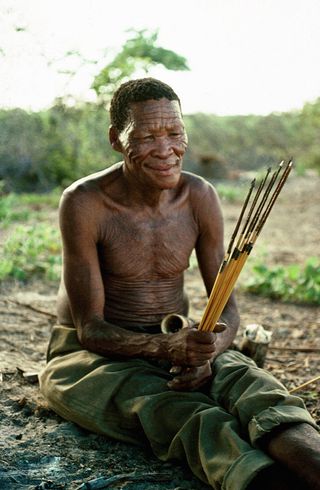
A Kalahari Bushman who is part of the !Kung group. At night, the Bushmen tell stories about people closeby and faraway, as well as people in the spirit world. These stories may help provide a sense of community, the study said.
Translating stories
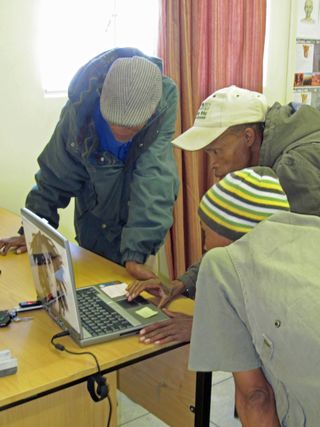
Members of the !Kung Bushmen in Africa’s Kalahari Desert help transcribe and translate an audio recording of a firelight conversation. University of Utah anthropologist Polly Wiessner used the translations to understand how daytime talk differs from nighttime discussions. It's possible that firelight conversations helped human ancestors develop and maintain a culture, she said.
Sign up for the Live Science daily newsletter now
Get the world’s most fascinating discoveries delivered straight to your inbox.

Laura is the archaeology and Life's Little Mysteries editor at Live Science. She also reports on general science, including paleontology. Her work has appeared in The New York Times, Scholastic, Popular Science and Spectrum, a site on autism research. She has won multiple awards from the Society of Professional Journalists and the Washington Newspaper Publishers Association for her reporting at a weekly newspaper near Seattle. Laura holds a bachelor's degree in English literature and psychology from Washington University in St. Louis and a master's degree in science writing from NYU.











